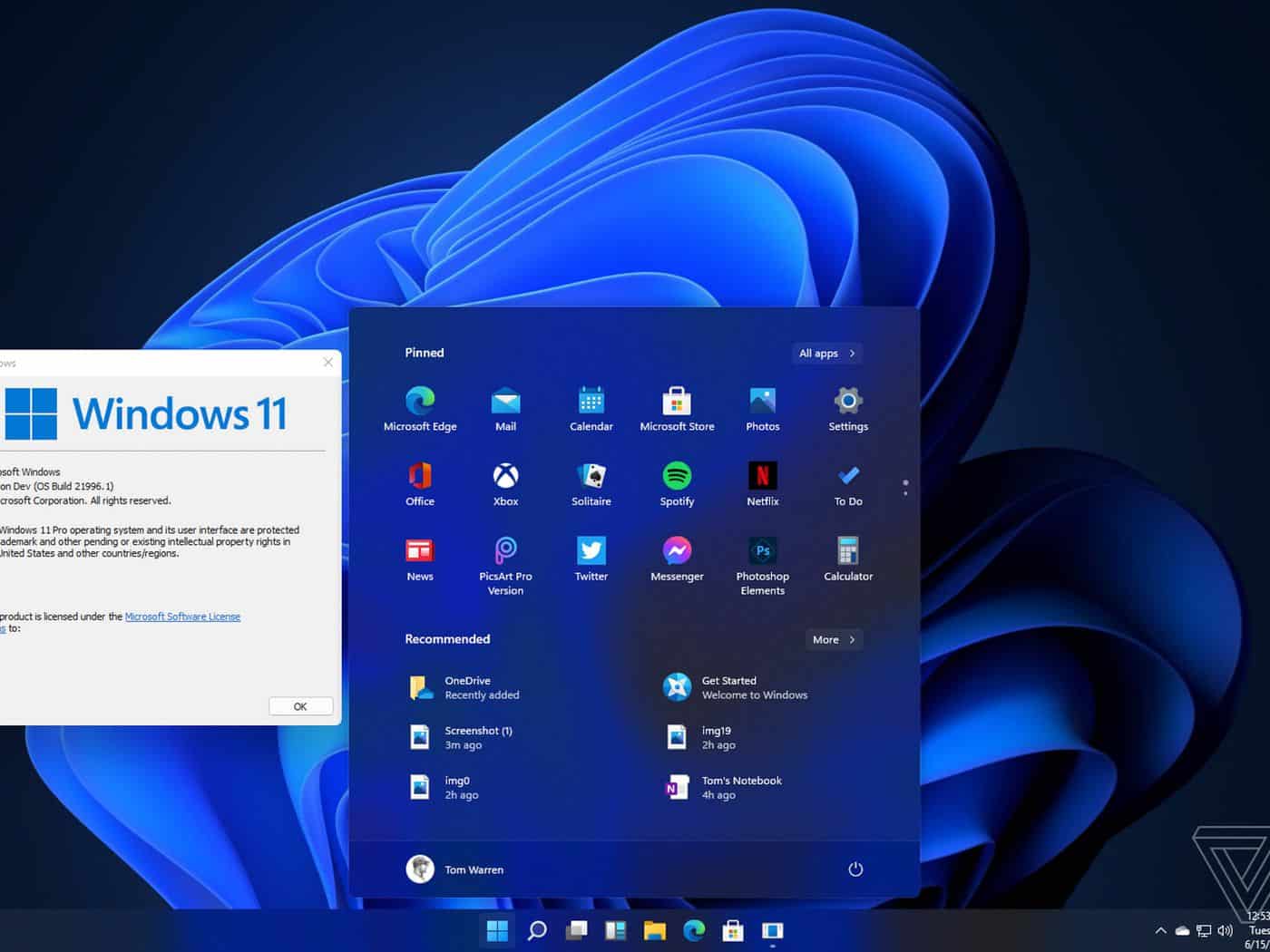Windows 11 will officially be releasing on October 5th, 2021 and the new OS brings out many exciting features and new UI update to the beloved platform. Most of the system requirements are pretty easy on modern systems, except for the TPM 2.0.
Most of the computers these days do flaunt it, however, some others don’t or have the previous standard, TPM 1.0.
What is TPM and why is it needed?
TPM stands for Trusted Platform Module and is a secure cryptoprocessor that lives on your motherboard or in your processors. Using hardware-level encryption protects your device and the data stored on it by protecting the encryption keys that your computer generates.
It makes sure that the drives which are encrypted remain encrypted and also that the malware can’t access the fingerprint information which you have on your laptop, etc. While Windows 11 requires it, it’s also present in Windows 10 and even Windows 7.
How to know if you have TPM
There are two easy ways to check right from Windows whether or not TPM 2.0 is enabled.
1. PC Health Check
Open your computer’s Start Menu and type in “PC Health Check.” an application will pop up and you just have to run it to see if your PC is ready for Windows 11.
if you can see the dreaded red X, click through to the results to see what’s missing; the application only gave a simple yes or no just after Microsoft announced Windows 11.
2. Device Security menu
Click on Start and type in Windows Security and click on Device Security in the left menu. There is a chip icon over there, with a very, very small green checkmark if you already fulfill the TPM requirements.
Why does Windows 11 require TPM 2.0?
Having TPM 2.0 on a PC will enable the computer and the OS built for it like Windows 11 to raise the security bar across the board on your PC. This will make the logging-in and encrypting drives much easier.
However, the most important duty of the TPM 2.0 is to help guard against some of the nastiest malware out there, like rootkits. Since most of the rootkits even before your OS does, it gives them the access to infect just about any aspect of your operating system or applications.
How to turn on TPM
Many of the listed processors have TPM 2.0 functionality built into the processor’s firmware, and it’s just a matter of turning it on in the BIOS/UEFI. For example on AMD CPU you can follow the following steps:
- Boot into the configuration menu
- Heading to the Trusted Computing menu under the Security section
- Turn on “AMD CPU TPM”
However, If your chip doesn’t have TPM built into its firmware, then you can get a piece of hardware to your system, and then your motherboard manual will indicate where on the board you’d plug that chip in. TPM 2.0 modules are available on sites like Amazon and Newegg for under $50.








